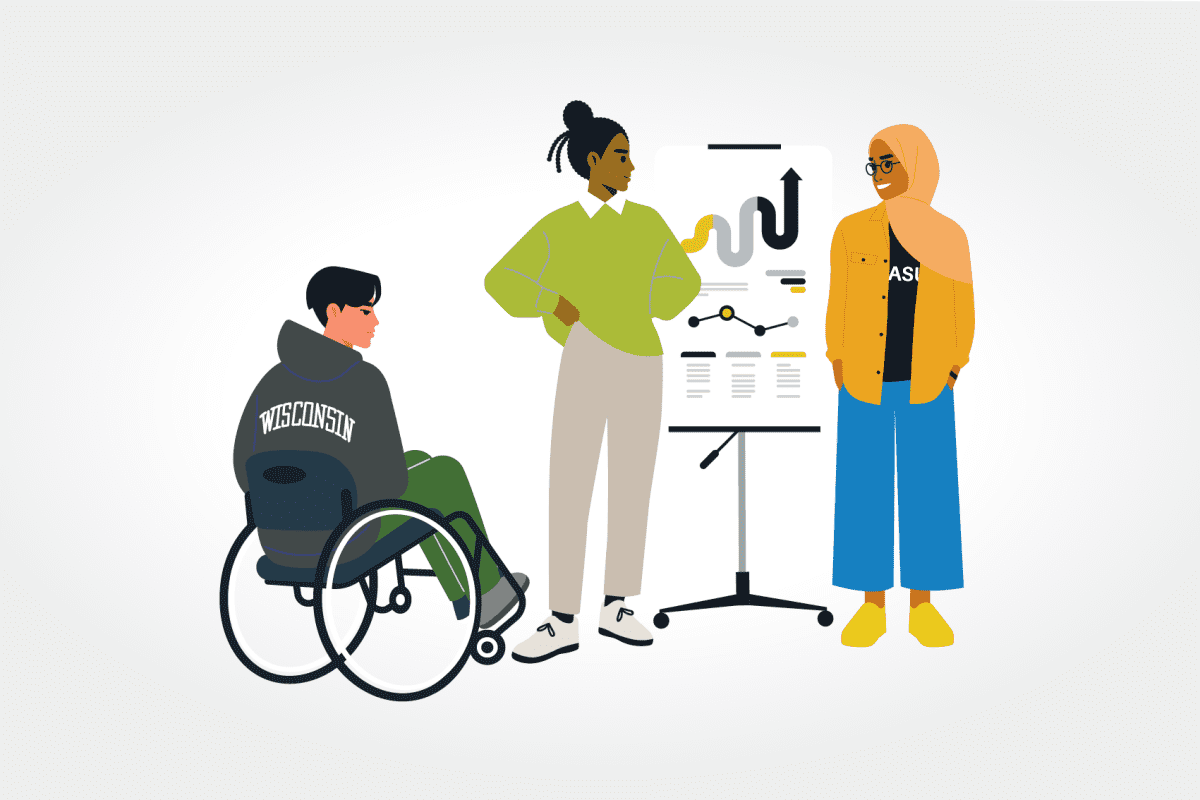In event planning, choosing the right venue is essential for creating a successful experience. Accessibility and inclusivity stand out as critical factors that can significantly impact attendees’ overall satisfaction and engagement. Selecting venues that cater to diverse needs reflects a commitment to social responsibility and enhances the event’s atmosphere. This guide outlines how to identify venues that are accessible and inclusive.
Understanding Accessibility and Inclusivity
Defining Accessibility
Accessibility refers to the design and functionality of spaces, services, and products to accommodate individuals with disabilities. In event venues, this means creating an environment where everyone can participate fully, regardless of physical, sensory, or cognitive challenges.
Defining Inclusivity
Inclusivity encompasses more than physical access; it involves fostering an environment where all attendees feel valued and welcomed. This broader approach considers various factors, such as cultural representation, communication methods, and dietary preferences.
Key Factors in Selecting Accessible and Inclusive Venues
Physical Accessibility
Entrances and Exits
When evaluating a venue, examine the entrances and exits. Ensure they are wheelchair-accessible and equipped with ramps or automatic doors. Look for clear signage directing attendees and unobstructed pathways that facilitate easy navigation.
Seating Arrangements
Seating is a fundamental aspect of venue accessibility. Include spaces for wheelchair users alongside regular seating, rather than relegating them to the back or sides. This arrangement promotes equal participation and enhances the overall event experience.
Restrooms
Accessible restrooms are vital for ensuring comfort and convenience. Facilities should include accessible stalls, grab bars, and sinks that cater to individuals with mobility impairments.
Parking
Adequate, accessible parking spaces are essential. Designate spots near the entrance, ensuring they are wide enough for wheelchair access and clearly marked. This consideration significantly improves accessibility for those arriving by car.
Sensory Accessibility
Visual Aids
For attendees with visual impairments, venues should provide large print materials and Braille programs. Additionally, ensuring adequate lighting and offering audio descriptions for presentations can create a more inclusive environment.
Hearing Accommodations
Sound systems must meet the needs of all attendees. Providing assistive listening devices, sign language interpreters, and captions for presentations ensures that individuals with hearing impairments can fully engage with the event content.
Cognitive Accessibility
Clear Signage
Effective communication through signage is essential. Use simple, straightforward language accompanied by symbols and pictograms to aid understanding, making it easier for all attendees to navigate the venue.
Quiet Spaces
Designate areas within the venue where attendees can retreat from the hustle and bustle of the event. Quiet spaces are particularly beneficial for individuals who may experience sensory overload or need a moment to regroup.
Ensuring Inclusivity
Cultural Sensitivity
Diverse Speakers and Programs
Incorporating diverse speakers and programs is crucial for fostering inclusivity. Ensure that the event reflects the interests, backgrounds, and experiences of a wide array of attendees, creating a richer and more engaging atmosphere.
Inclusive Marketing
Marketing materials should use inclusive language and imagery. By showcasing diversity in promotional content, event organizers signal their commitment to inclusivity, encouraging a broader audience to participate.
Dietary Accommodations
Variety of Options
Offering diverse food options is essential for accommodating various dietary needs. Include vegetarian, vegan, gluten-free, and allergy-friendly choices, and ensure all items are clearly labeled to avoid confusion.
Consultation with Attendees
Consider conducting a pre-event survey to gauge attendees’ specific dietary requirements. This proactive approach allows for tailored catering arrangements, enhancing the overall experience for everyone involved.
Case Study: Etherio’s Commitment to Accessibility and Inclusivity
Etherio stands out as a leader in event planning by prioritizing accessibility and inclusivity in venue selection. The company actively seeks venues that meet diverse needs, ensuring every event is welcoming and accommodating for all attendees.
Venue Selection Process
Etherio’s venue selection process involves thorough assessments. Site visits allow planners to evaluate physical accessibility, while consultations with venue staff ensure compliance with necessary accessibility standards. Additionally, feedback from previous event attendees provides valuable insights into potential areas for improvement.
Continuous Improvement
Etherio is committed to continuously enhancing its accessibility and inclusivity measures. Staying updated with the latest accessibility guidelines, seeking feedback from diverse communities, and implementing new technologies all contribute to better-serving attendees.
Creating an Inclusive Environment: Best Practices
Staff Training
Training event staff on accessibility and inclusivity principles is essential. Empower staff members to understand and address the diverse needs of attendees, fostering a more welcoming atmosphere.
Collaborating with Experts
Consider collaborating with organizations specializing in accessibility and inclusivity. Engaging with experts can provide valuable insights and recommendations for creating a more inclusive event experience.
Utilizing Technology
Incorporating technology can greatly enhance accessibility. Explore tools and applications that offer features such as live captioning, virtual event options, and assistive devices to accommodate various needs.
Engaging the Community
Building relationships with local organizations and community groups can provide essential support and insight. Engaging with diverse communities ensures that events meet a wide range of needs and expectations.
Measuring Success
Gathering Feedback
Post-event surveys are vital for assessing the effectiveness of accessibility and inclusivity measures. Collect feedback from attendees to identify areas of success and opportunities for improvement.
Continuous Evaluation
Make it a priority to continually evaluate venue selections and event practices. Regularly revisiting and refining processes based on attendee feedback and changing accessibility standards will contribute to ongoing success.
Conclusion
Choosing accessible and inclusive venues plays a crucial role in the success of any event. By considering physical, sensory, and cognitive accessibility alongside cultural sensitivity and dietary needs, planners can create environments that welcome everyone. Etherio’s dedication to these principles sets an industry standard, showcasing that genuine inclusivity is achievable through thoughtful planning and a commitment to continuous improvement.



